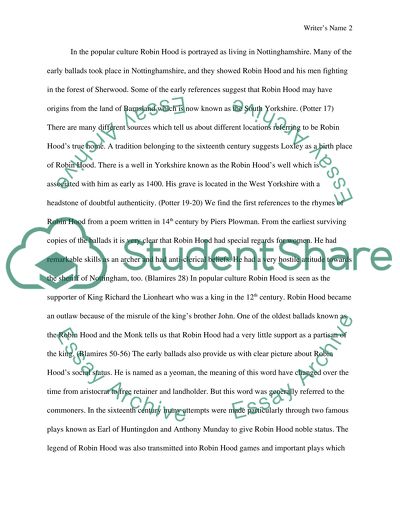Cite this document
(“Robin Hood Essay Example | Topics and Well Written Essays - 1500 words”, n.d.)
Retrieved from https://studentshare.org/miscellaneous/1530996-robin-hood
Retrieved from https://studentshare.org/miscellaneous/1530996-robin-hood
(Robin Hood Essay Example | Topics and Well Written Essays - 1500 Words)
https://studentshare.org/miscellaneous/1530996-robin-hood.
https://studentshare.org/miscellaneous/1530996-robin-hood.
“Robin Hood Essay Example | Topics and Well Written Essays - 1500 Words”, n.d. https://studentshare.org/miscellaneous/1530996-robin-hood.


